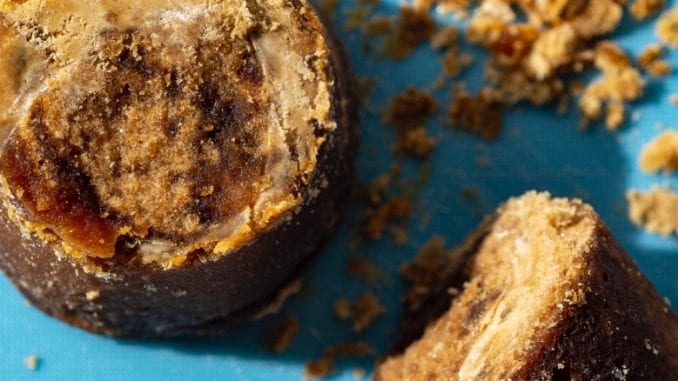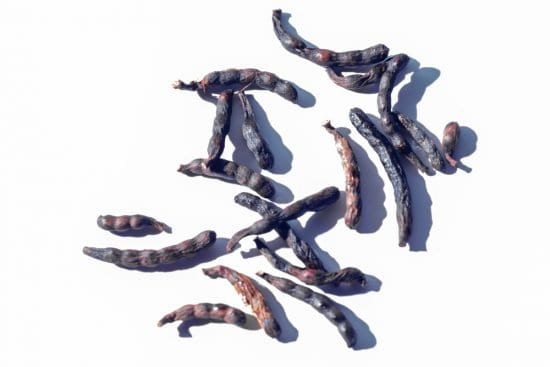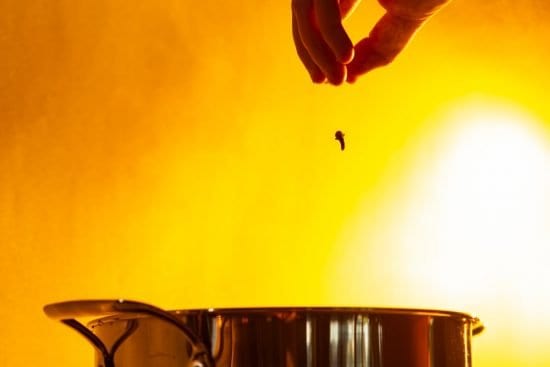
While coffee is new to some countries, others have been making coffee drinks for centuries. In this series, we explore global coffee traditions; we begin in Mexico with café de olla.
BY SANDRA ELISA LOOFBOUROW
SPECIAL TO BARISTA MAGAZINE
Photos by Evan Gilman
In many places, coffee is a culinary newcomer, part of a relatively recent and still present colonial history. Whether it’s because of blossoming production and global trade, or because of the physical effects that a cup of coffee can impart, nearly every culture has developed its own particular coffee tradition. In places with strong pre-colonial culinary traditions, coffee was absorbed and adapted into existing practices, adding to the cultural miscegenation that colonialism always creates. Food and beverage traditions in particular, being intensely personal, have a way of absorbing new practices and making them their own. As an industry that prides itself on its global community and an adventurous palate, specialty coffee has a great opportunity to learn from varied and tasty traditions of coffee consumption.
In this series, I will explore regional and cultural coffee beverages and the particular confluence of historical and social circumstances that brought these beverages into existence.

Café de Olla: Native to Mestizo Mexico
Café de olla is an excellent example of this phenomenon of miscegenation and absorption. Made with coffee, piloncillo (often called panela, an unrefined sugar that usually comes packed in a cone), orange peel, cinnamon, and sometimes clove and star anise, it’s traditionally brewed in a clay pot from which it gets its name (olla means pot in Spanish). The earthenware is said to give it a particular flavor, and it’s often served in mugs made of the same material.
Coffee is not native to Mexico and Central America, yet this drink has become a symbol of traditional cuisine in the region. And not without cause: Café de olla has roots in indigenous recipes and is uniquely tied to the Mexican Revolution. Even without its historical relevance, at this point café de olla has been served in grandmothers’ kitchens and in family restaurants for long enough that no justification is necessary. This is a truly American drink.
Part I: Roots
Mesoamerica has a rich history of beverages made with corn, cacao, and spices, and café de olla is an evolution of drinks like atole and pinole. Atole (called atol in some parts of Central America) is made from a mix of ground corn and water served hot, and makes for a highly nutritional meal. The cornmeal is boiled to release its semolina, so the beverage becomes very thick. Mexicans often served it with cacao, chiles, and honey. As with so many colonized people, the first historical reference we have for this beverage comes from a European perspective: The infamous Hernán Cortés mentions the beverage in his Relation Letters to Emperor Charles V of Spain, although he names it incorrectly. It’s mentioned again in Francisco Hernández’s book on the native plants of the Americas and their medicinal uses, fondly called el Tesoro Messicano (the Mexican Treasure), published in 1651. In it he expounds on the healthful properties of atole, claiming that it was beneficial to people of all ages, whether they were in full health or deathly ill. To this day, atole is a beverage commonly drunk throughout Central America, especially during the holidays and at Christmas.

Pinole (sometimes called pinol, in keeping with the atole/atol linguistic pattern) is another traditional beverage from Central America; Karla McNeil Rueda of Cru Chocolate calls it the “first fast food.” You can see her talk about this drink in this video made with Wrecking Ball Coffee Roasters, which recently started serving this beverage in its San Francisco café. Unlike atole, which was boiled, pinol is made of corn, spices, and cacao all ground together into an extremely fine powder. The powder is easy to transport, and can be added to cold or warm water to make what we might call a protein shake, but which sustained pre-colonial travelers for centuries. Both these drinks rely on the incredible genetic diversity of corn in Mesoamerica; specific varieties at certain stages of maturation and drying are preferred for each drink. Corn and its myriad varieties is essential to Mesoamerican culture, and preserving heirloom seeds is essential to preserving this culture.
Clearly, there is a firm history of the kind of hot, spiced drinks that bear a general resemblance to café de olla in pre-colonial Mesoamerica. These were usually made with corn, cacao, and spices, and offered significant nutritional value as well as being delicious; coffee, with no calories to speak of but plenty of caffeine to fuel a day’s work, slid right into this niche. Coffee has a knack for taking over more nutrient-rich and culturally relevant meals. A similar phenomenon took place when it became popular in Europe during the Industrial Revolution, when it swiftly replaced hearty breakfasts of broth and porridge.

Coffee arrived to Mexico in the 1790s from Cuba, and was already being cultivated and exported by 1802. Up until the 1860s, the mountainous and fertile area spanning the border between what is now Mexico and Guatemala had gone widely unexplored by Europeans. As newly independent countries, Mexico realized the importance of having a physical and geographical border with Guatemala and began measuring the area while simultaneously gifting large swaths of this land to Mexicans of European descent (criollos). The first Mexican coffee plantations arose from these estates in the late 19th century. Coffee production was a critical factor for economic growth for several newly formed nations in Central America. During colonialism indigo had dominated the economy, but with the advent of chemical dyes the market for this product suddenly died. Coffee production began to take its place, and the U.S. became Mexico’s main customer.
We’ll dig deeper into café de olla, including its role in the Mexican Revolution and its modern revival, in the next installment!
 ABOUT THE AUTHOR
ABOUT THE AUTHOR
Sandra Elisa Loofbourow is the Tasting Room Director at The Crown: Royal Coffee Lab & Tasting Room. Her experience as a Spanish/English interpreter, working in kitchens, and teaching Argentine tango all influence and inform her approach to coffee. Sandra has been a barista, roaster, and green buyer for several companies in the Bay Area. She’s a certified Q Grader, and at Royal she does brew experimentation, coffee analysis, and creates inventive drinks. She’ll be heading up the Tasting Room at the Crown in Uptown Oakland, serving fascinating coffees and delicious education to consumers and professionals alike.

